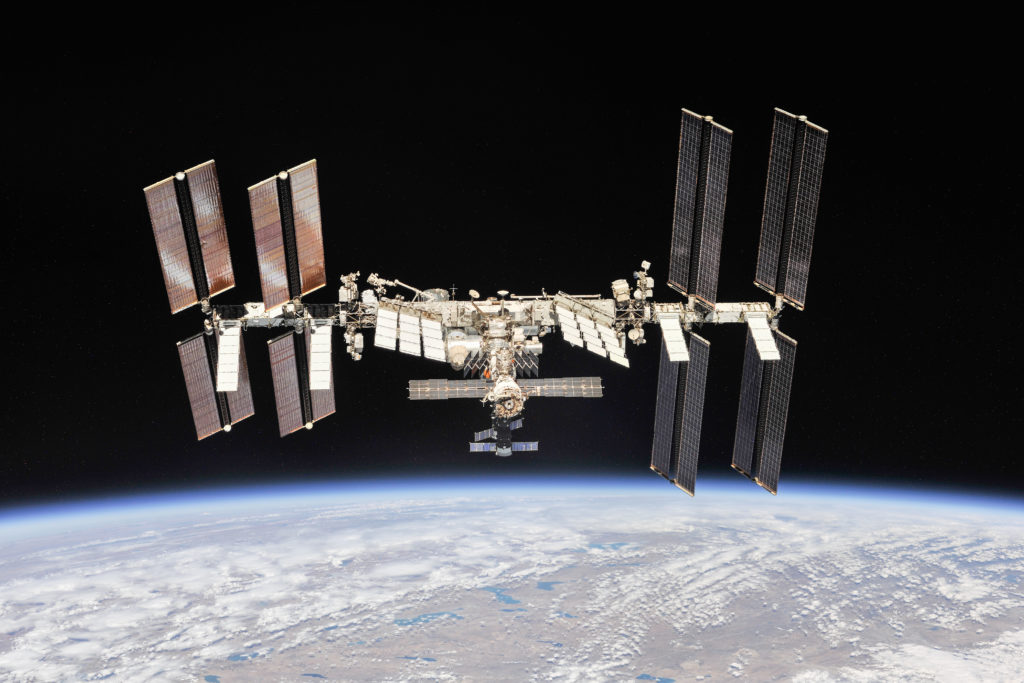
NASA’s Commercial Crew Program (CCP) features a new generation of American spacecraft and rockets that will fly astronauts to the International Space Station, boosting the orbiting laboratory’s total crew to seven and expanding its capabilities as a one-of-a-kind microgravity research asset. Today, astronauts living aboard the station must balance time to devote solely to research with maintenance work critical to their safety while in space. Adding just one additional crew member could nearly double the amount of time the crew members could dedicate to research and scientific discovery.
Flights to the space station with CCP partners Boeing and SpaceX could pave the way for more private research opportunities, too.
“Think about that crazy day when you’re now able to have private researchers go up to help,” said Patrick O’Neill, senior marketing and communications manager with the Center for Advancement of Science in Space, which manages the International Space Station U.S. National Laboratory. “That idea is coming closer and closer with every single day.”
Much of the technology developed on or for the space station has a direct benefit here on Earth. As an example, David Brady, International Space Station program scientist, says, “Robotics that have been so important in the building and the maintaining of the space station have come down to Earth in the form of robotic surgery.” Between the technological advancements and the ability to study and observe the impacts of living in a gravity-free environment, the space station has become paramount for advancements in research and development.
With a greater focus on research through CCP, investigations conducted in low-Earth orbit will also be key to understanding how to better prepare and protect crews for future missions to the Moon and Mars. Studying how organisms react to life with and without gravity will provide the pathway toward understanding how humans could live other places in the solar system, thus paving the way to test how astronauts could leave Earth for years at a time for a roundtrip to explore Mars. With this understanding, astronauts will truly be able to go where no one has gone before.
Learn more
